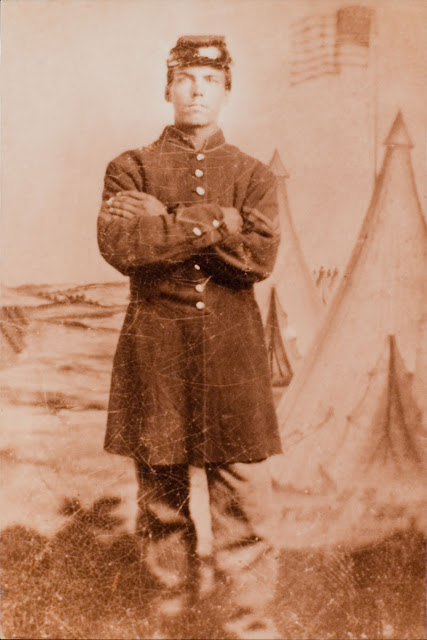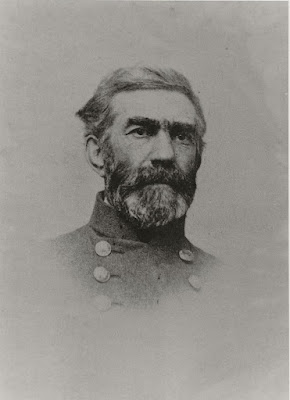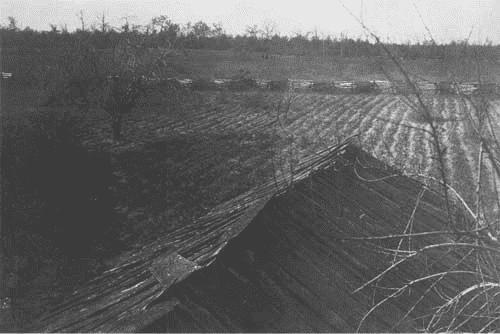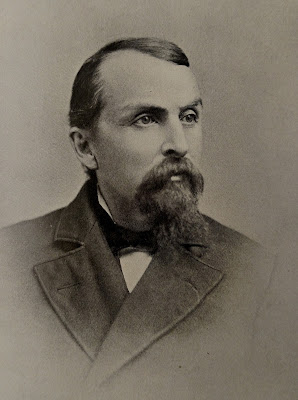Fleeing the Arkansas at Vicksburg

The Union fleet above Vicksburg, Mississippi was sitting quietly at anchor when at around 8:30 on the morning of July 15, 1862, the U.S. ram Queen of the West sailed into view from the Yazoo River belching an enormous quantity of smoke. To be sure, the ram was running for her life and the confused sailors soon saw why: the much-rumored Confederate ironclad Arkansas was hot on her trail. “Such an excitement as there was among the fleet here would be hard to describe,” one observer noted. “Broadside after broadside was dealt out to this Rebel ram without the least apparent effect, the shot even of the 11-inch guns bounding off her casemates like hailstones on a stone pavement. She ran by twelve or fifteen ships and gunboats, mounting from 12 to 30 guns each, and seemed to laugh at the whole fleet.” The 1,200-ton Arkansas blew through the U.S. fleet and later that morning lay anchored beneath the protec...










